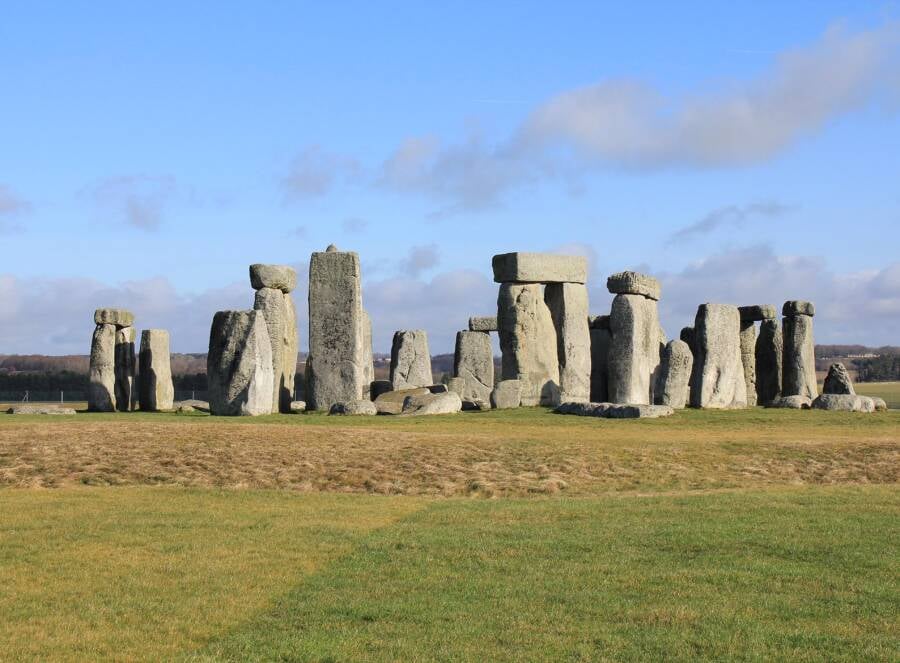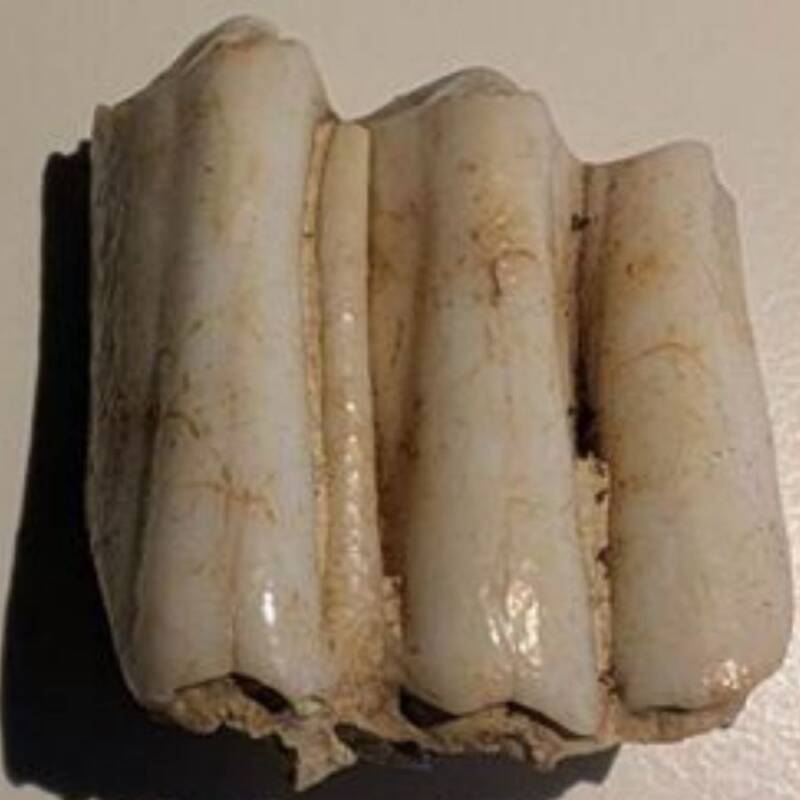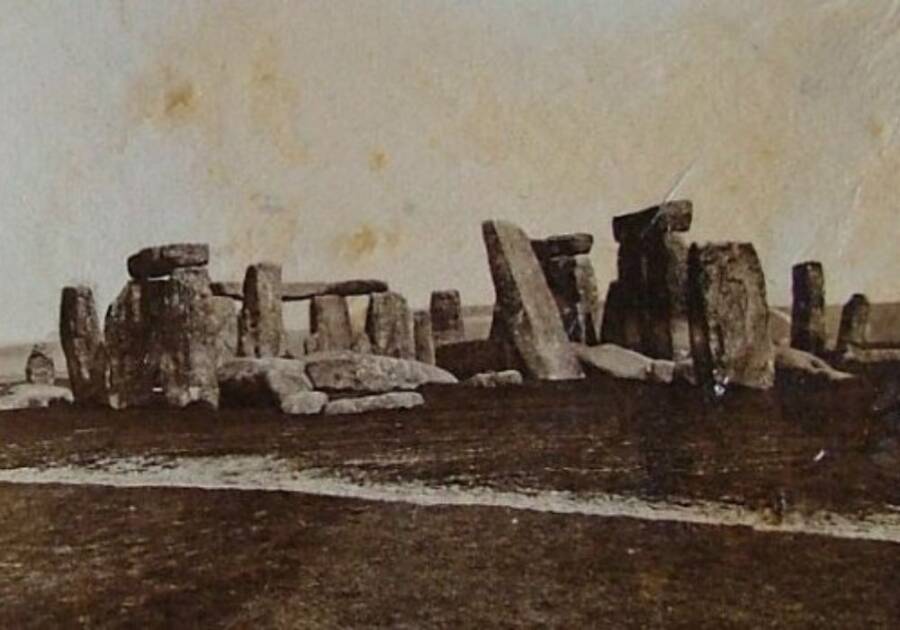The 5,000-year-old cow molar adds credence to the theory that cattle helped drag Stonehenge's megaliths over 100 miles to the site from a quarry in Wales.

David P. Howard/Wikimedia CommonsEach of the Welsh bluestones that make up Stonehenge weighs between two and five tons.
In 1924, a cow’s tooth was discovered at Stonehenge. Now, more than a century later, a new analysis of the molar is providing additional evidence that the megaliths that make up the monument came from southwest Wales.
This research also supports the theory that cattle were used to help transport the massive stones 140 miles from Wales to England’s Salisbury Plain, where Stonehenge was erected beginning around 3000 B.C.E.
What A Cow’s Molar Is Revealing About Stonehenge’s Past
Excavations at Stonehenge in 1924 revealed a cow’s jawbone near the site’s south entrance. Archaeologists determined that it dated back to between 2995 and 2900 B.C.E., around the time of Stonehenge’s construction
Recently, scientists from the British Geological Survey, Cardiff University, and University College London carried out isotope analysis on a molar from the jaw and published their findings in the Journal of Archaeological Science.

British Geological SurveyThe cow’s molar was sliced into nine pieces and analyzed to determine more about the creature’s diet and lifestyle.
The analysis revealed that the cow likely came from Wales, adding to the evidence that the monument’s bluestones originated in the region.
The tooth’s strontium isotopes signaled that the animal had either moved around seasonally for food or was given food during the winter that had been transported from elsewhere. Meanwhile, the lead isotopes present in the molar showed that the cow came from an area with Paleozoic rocks, such as the part of Wales where researchers believe Stonehenge’s bluestones were quarried.
In addition to connecting Stonehenge and Wales, this evidence also links cattle to Stonehenge, supporting the idea that the monument’s megaliths were transported by animals, not humans.
“There’s been no evidence that cattle were used as beasts of burden in the Neolithic, but that changed in 2018 when there was a paper that showed that oxen had structures in their feet that were typical of animals that were pulling additional weight and working of beasts of burden,” Professor Jane Evans from the British Geological Survey told the BBC.
Given where the jawbone was found, it seems that this cow was raised in Wales, worked to drag bluestones some 140 miles to the Salisbury Plain, and then died and was buried at Stonehenge during the site’s construction.
While this revelation has answered some questions about Stonehenge’s past, however, it has raised even more.
Questions About Stonehenge’s Construction Still Remain
Now that there is additional evidence to support the theory that Stonehenge’s bluestones came from more than 100 miles away, archaeologists have more to consider about the site’s construction.
It likely would have taken two to four months to drag the bluestones, which weigh between two and five tons each, from Welsh quarries to Wiltshire, England. The involvement of cattle, while reducing the physical role of humans in the transportation process, would have added to the logistics.

Public DomainStonehenge circa 1877, 50 years before the cow’s jawbone was found at the site.
“You’ve got to have food supplies,” Evans explained. “A turnover of people and animals to help pulling. You’re probably going to have all the domestic requirements of living on the land.”
It’s also possible that while Stonehenge was being built, people settled in the area for a longer period of time than previously believed. This means an entire community would have been moved or established to accommodate the construction of the monument.
“It’s rarely considered that women were involved,” Evans pointed out. “Surely they’ve got to have been there. And probably as many women as men, and children, making food, providing accommodation, there’s a lot involved.”
Needless to say, there are many more questions about Stonehenge that researchers are looking to answer. While the tooth helped solidify some of archaeologists’ theories, it also opened the door to new queries about the construction of the site.
After reading how a cow’s tooth is answering questions about Stonehenge’s past, discover the story of the Danish ritual site known as Woodhenge. Then, learn about nine of the oldest structures in the world.





